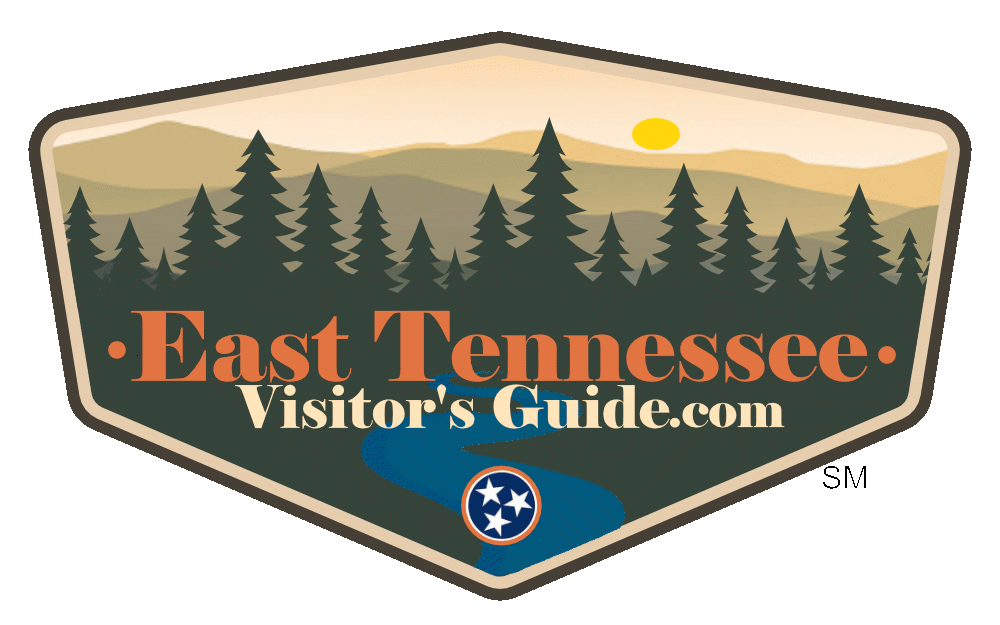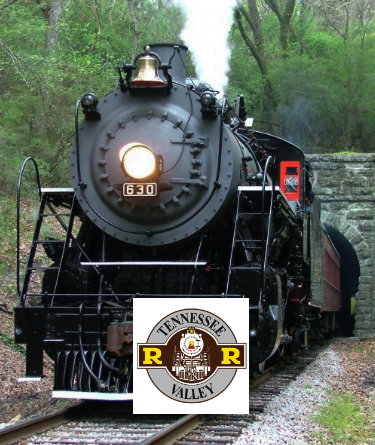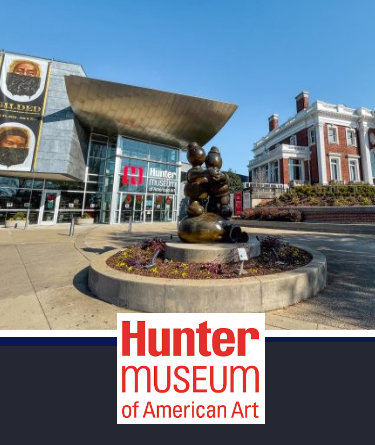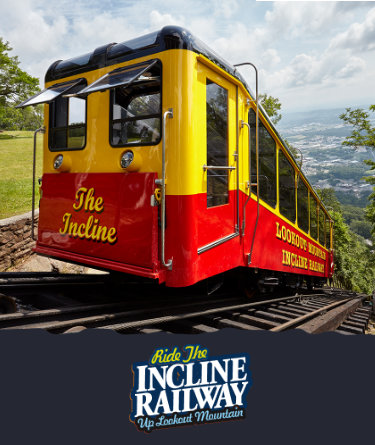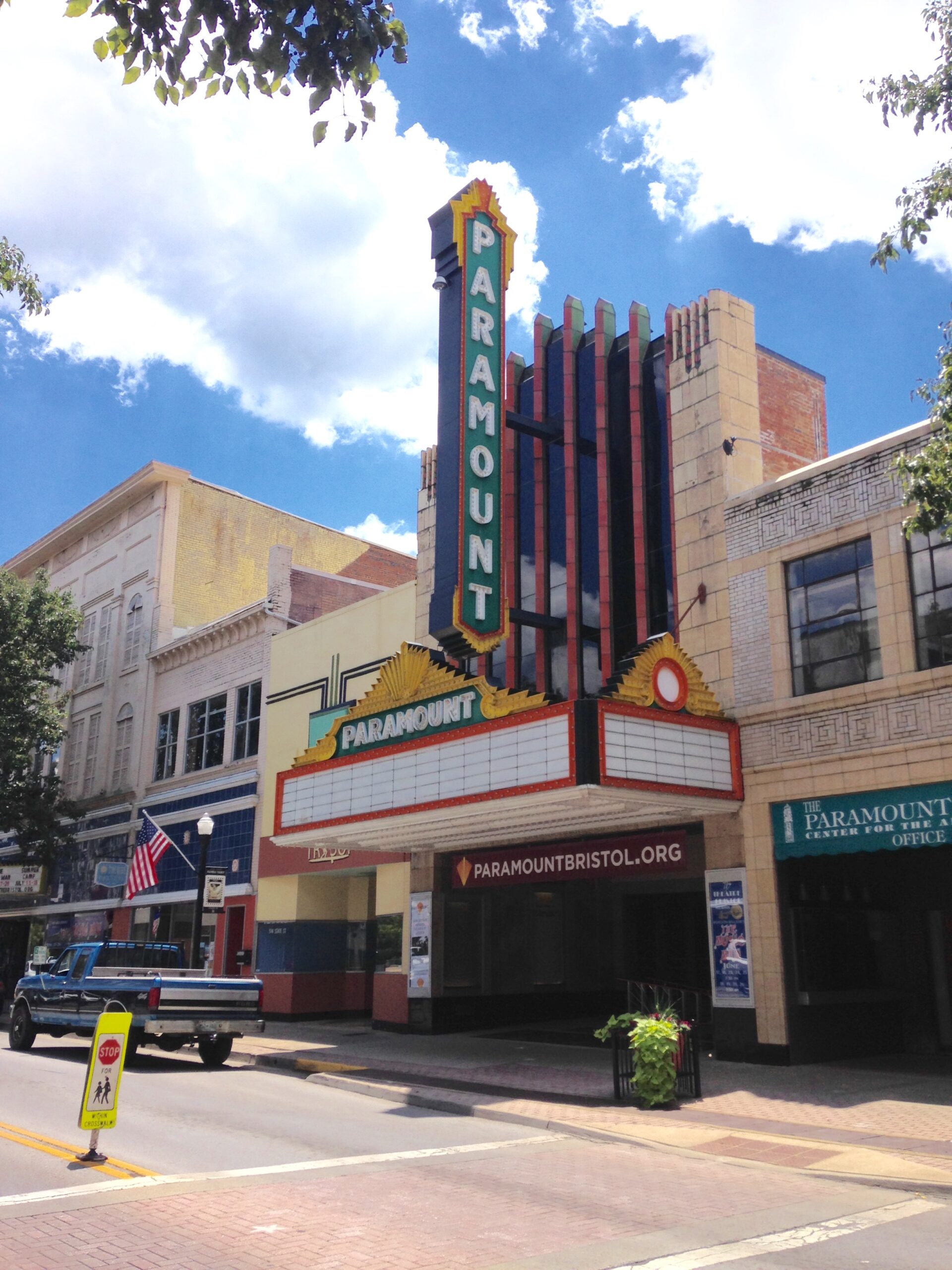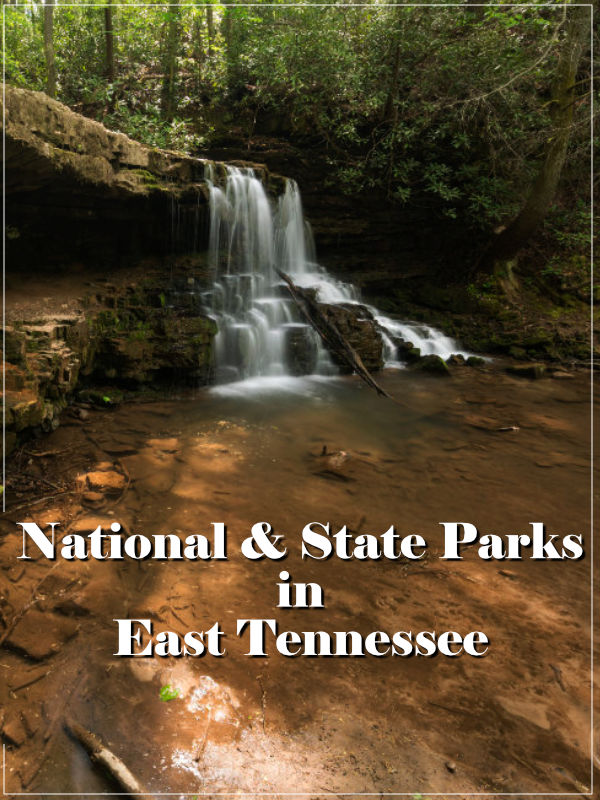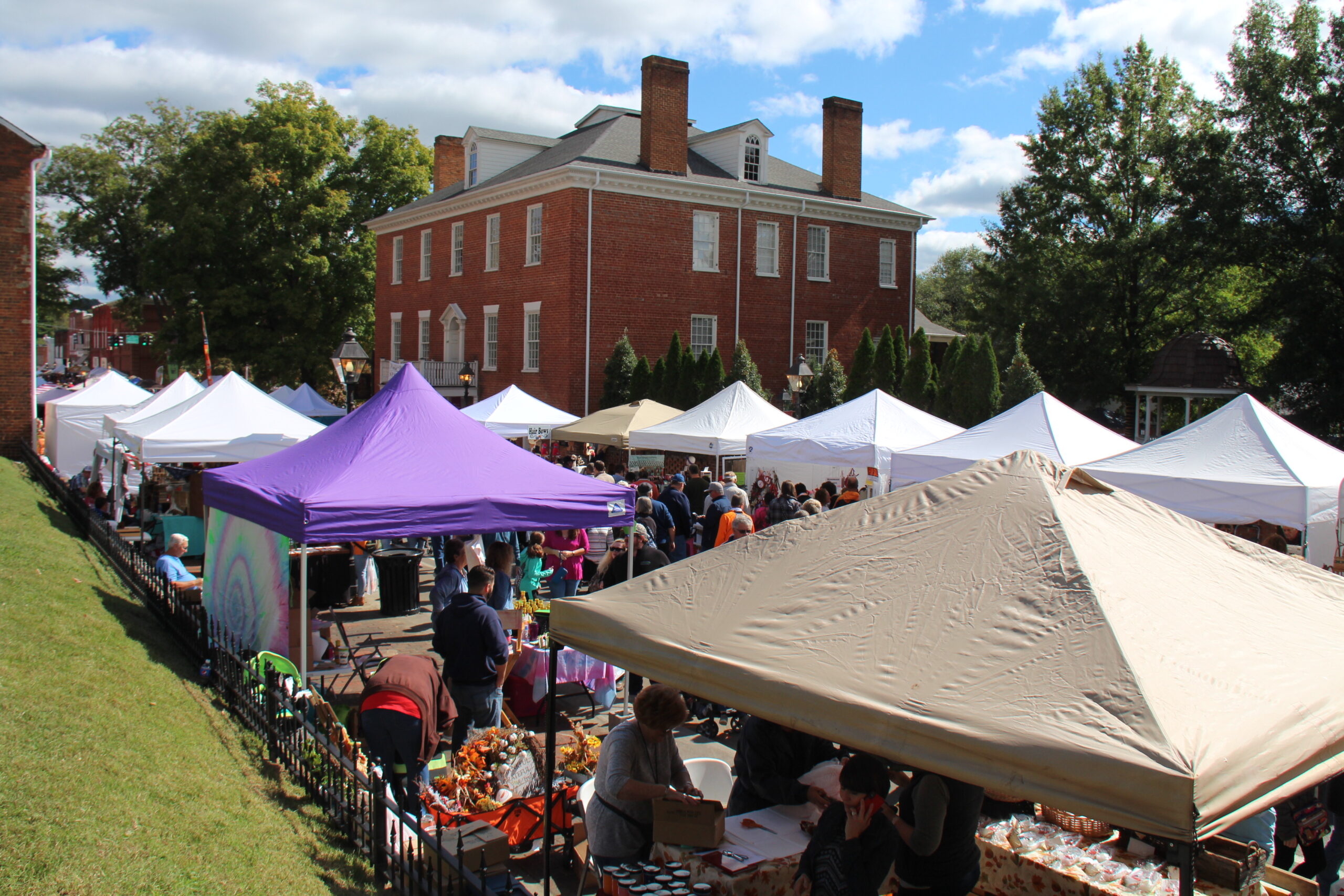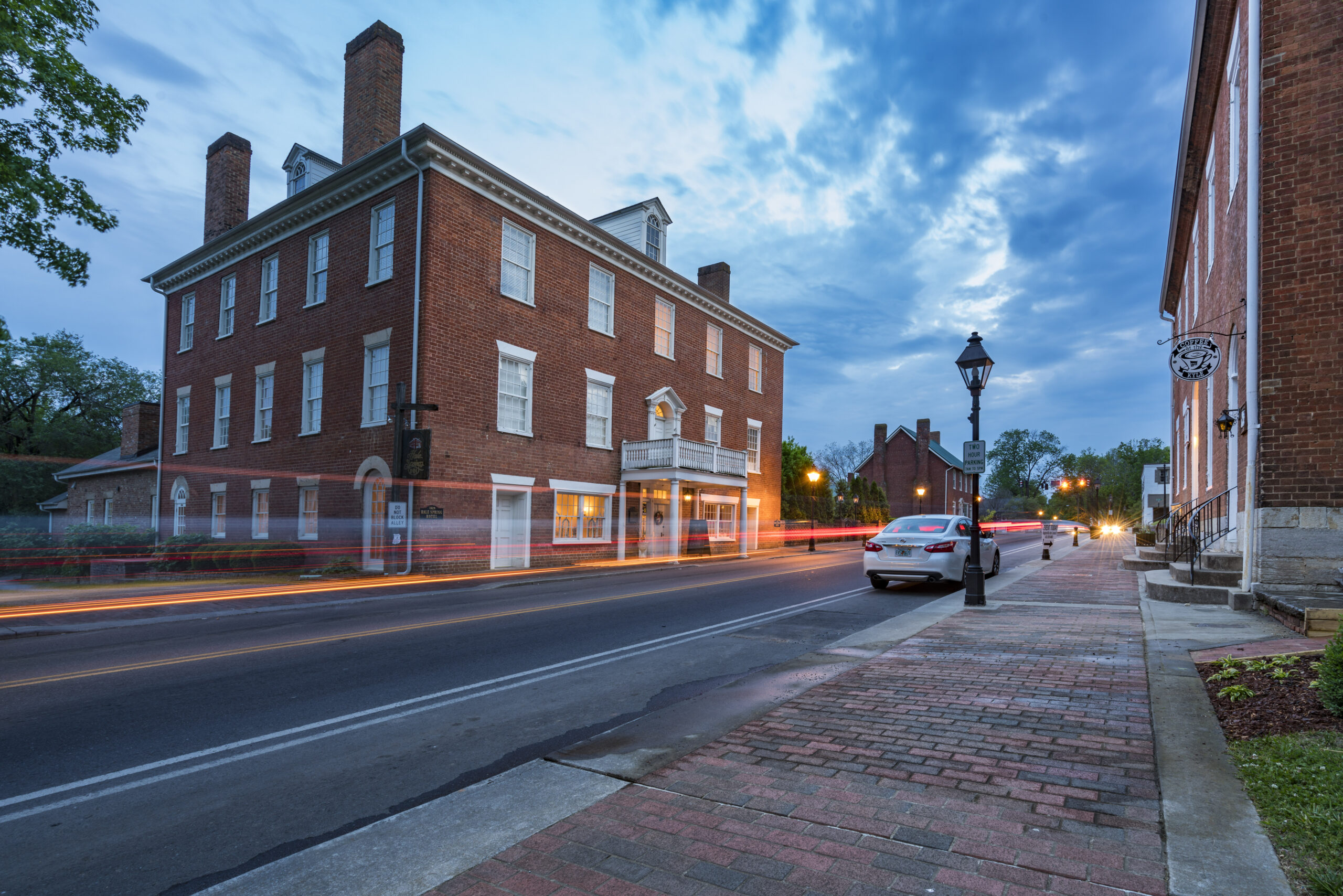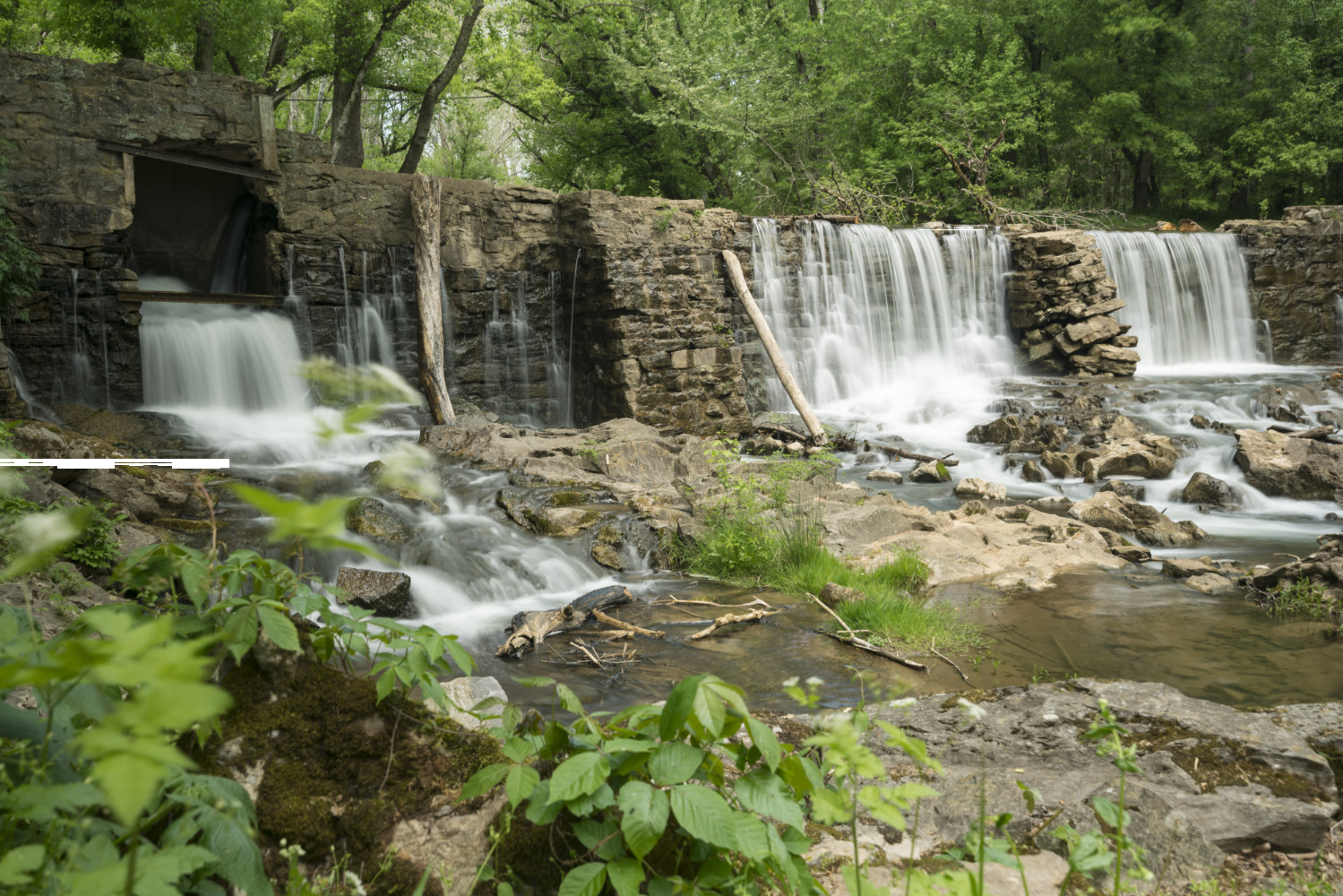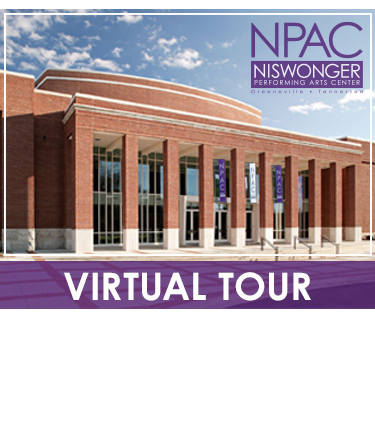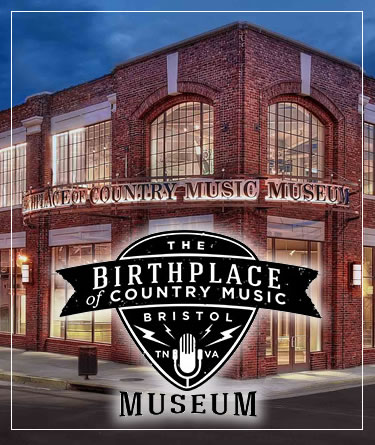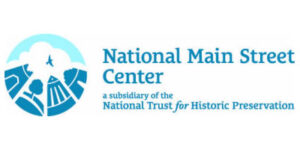Chattanooga, Tennessee: A Story of Rivers, Railroads, and Resilience
Chattanooga’s history is a captivating tapestry woven through centuries of Native American presence, strategic positioning, industrial booms, and cultural transformations.
QUICK NAVIGATION

Tennessee Aquarium: Downtown Chattanooga
Chattanooga, Tennessee: A Story of Rivers, Railroads, and Resilience
Chattanooga’s history is a captivating tapestry woven through centuries of Native American presence, strategic positioning, industrial booms, and cultural transformations. Here’s a glimpse into its fascinating past:
Early Beginnings (12,000 years ago – 1816):
- Native American Heritage: Long before settlers arrived, Native Americans, likely the Creek tribe, thrived in the Chattanooga area for over 12,000 years. The name “Chattanooga” itself comes from a Creek word meaning “rock rising to a point,” a fitting description for the iconic Lookout Mountain.
- Cherokee Trading Post: In 1816, John Ross, a future Cherokee Chief, established Ross’s Landing, a vital trading post and ferry crossing on the Tennessee River. This marked the foundation of the modern city.
Growth and Transformation (1816 – 1860):
- City with Two Names: Initially known as Ross’s Landing, the settlement adopted the name Lookout City in 1838 before finally settling on Chattanooga in 1839.
- River Boomtown: Its strategic location on the Tennessee River made Chattanooga a natural hub for water trade. Steamboats transported goods, fostering rapid growth and establishing the city as a major Southern port.
- Iron Horse Arrives: The arrival of the railroad in 1850 further fueled Chattanooga’s expansion. It became a crucial junction point for rail lines, connecting the North and South and attracting industries like coal and iron mining.
Civil War and Crossroads (1861 – 1900):
- The “Gateway to the South”: Due to its strategic location and transportation infrastructure, Chattanooga became a critical Confederate stronghold during the Civil War. The 1863 Battle of Chattanooga, including the dramatic “Battle Above the Clouds” on Lookout Mountain, was a pivotal Union victory that opened the way for their advance into the South.
- Reconstruction and Recovery: The aftermath of the Civil War left Chattanooga devastated, but the city began a slow and steady recovery. The focus shifted to manufacturing, with companies like Chattanooga Plow Works contributing to revitalization.
20th Century: From Dynamo to Renaissance City (1900 – Present):
- The “Dynamo of Dixie”: By the 1930s, Chattanooga, with its diverse industries and growing workforce, earned the nickname “Dynamo of Dixie.” This era saw the iconic Glenn Miller Orchestra sing of the city’s bustling spirit in the hit song “Chattanooga Choo Choo.”
- Urban Renewal and Challenges: The latter half of the 20th century brought urban renewal projects and economic struggles. However, Chattanooga embarked on a remarkable cultural and environmental transformation in the late 20th and early 21st centuries.
- Renaissance on the River: Today, Chattanooga is a vibrant city known for its scenic beauty, outdoor activities, vibrant arts scene, and growing technology sector. Lookout Mountain, the Tennessee Aquarium, and the Chattanooga Choo Choo tourist train remain popular attractions. The city embraces its rich history while charting a new course as a sustainable and innovative urban center.
This is just a brief overview. Chattanooga’s history is filled with countless stories of individuals, industries, and events that shaped its unique identity. From its Native American roots to its current renaissance, the city continues to evolve, offering a glimpse into the ever-changing tapestry of American history.
hunter_museum_of_american_art_chattanooga
Hunter Museum of American Art

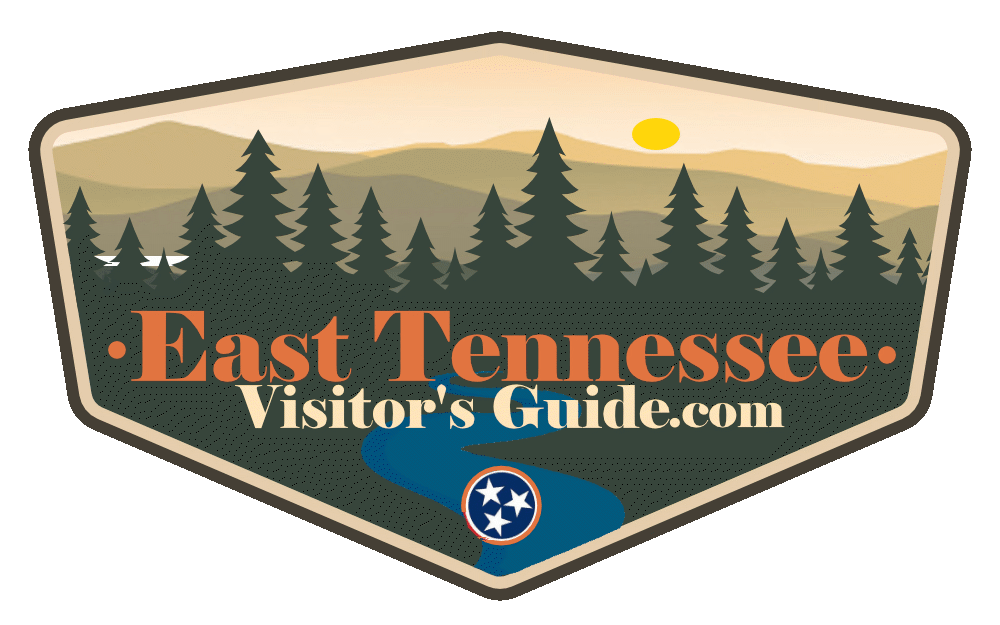
Subscribe to Stay Up-To-Date
Know about the latest events happening in East Tennessee
We do not spam. You can unsubscribe anytime
